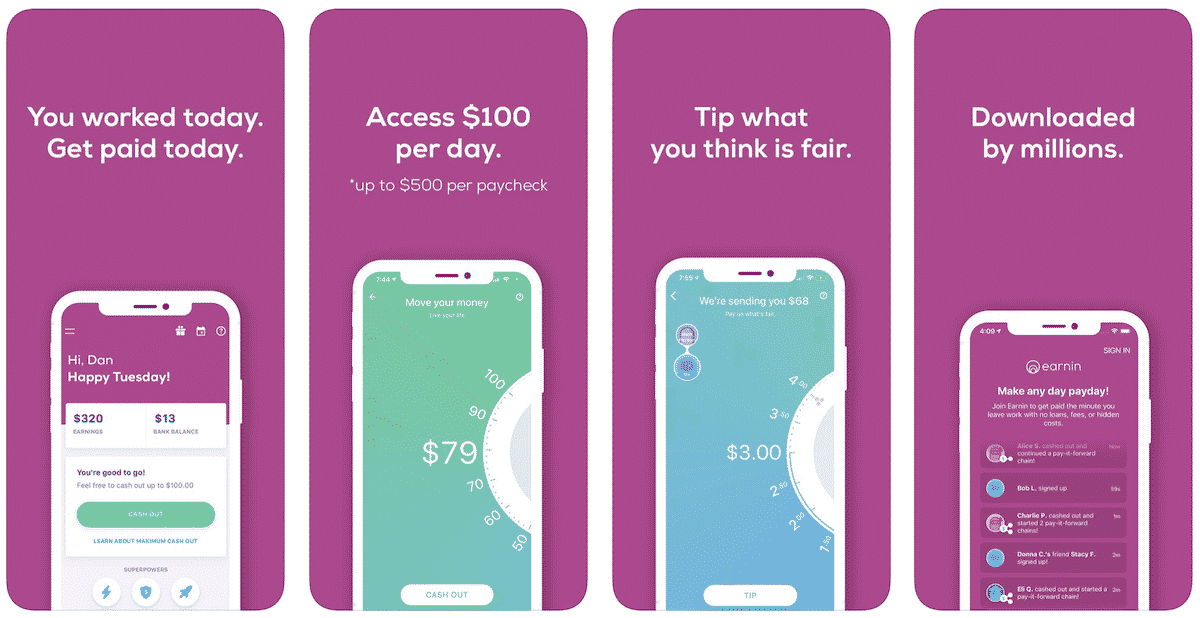One significant risk is the correlation between the two commodities breaking down, causing the spread to move against the trader’s expectations. Furthermore, factors such as changes in supply and demand, market events, and economic conditions can influence the profitability of this strategy. Traders often view backwardation as a favorable condition for calendar spread strategies. It suggests that the market anticipates a future decrease in prices, which makes it attractive to buy the near-term contract and sell the longer-term one.
Spread Option: Definition, Examples, and Strategies
On the flip side, when market conditions take a turn towards negative territory and signs indicate an upcoming downturn, bear spreads emerge as the go-to method for traders erring on the side of caution. By carefully selecting put options to buy while simultaneously opting to sell others with a lower strike price, traders using a bear spread position themselves against moderate declines in asset values. But this particular strategy isn’t for everyone because it can be risky and result in major losses.
Understanding futures spread: A profound trading strategy
This approach is utilized to craft an options spread, which can manifest in numerous configurations. In trading, a spread bet is a type of derivative transaction that allows you to forecast whether https://www.trading-market.org/ an asset’s price will increase or decrease. You determine the amount to wager for each point of movement in the market, with your potential profit growing with every point that shifts favorably.
What Are Different Types of Futures Spreads?
Benzinga offers insights and reviews on the best futures to trade, along with up-to-date futures news reports to help you choose the best investment options. We offer traders access to an unparalleled combination of cutting-edge trading tools, educational resources and personal guidance from futures trading experts. By being able to assess concepts such as these, traders can make more informed individual trading strategies.
How to trade shares for beginners
The difference in spreads can significantly impact trading costs, especially for those trading in large volumes or frequently. Spreads can widen significantly during major economic announcements due spread trading explained for beginners to increased volatility. It is best to avoid trading during such events, especially if you are not an experienced trader. Day traders, scalpers, and those trading frequently or in large volumes.
Hakan Samuelsson and Oddmund Groette are independent full-time traders and investors who together with their team manage this website. They have 20+ years of trading experience and share their insights here. Absolutely, beginners can definitely participate in spread trading by educating themselves and starting with small, manageable trades to gain experience.
Forex Spreads Trading Strategies & Tips
Credit spread trading can be a complex and risky endeavor, as it involves predicting changes in interest rates or the creditworthiness of the bonds being traded. Traders can profit from credit spread trades by collecting the difference in the spread, as long as the difference is positive. Spread trading can be a useful way to manage risk and diversify a portfolio, but it also carries the potential for significant losses if the market moves against you. For example, you might buy a crude oil futures contract and sell a gasoline futures contract, with the expectation that the price of crude oil will rise relative to the price of gasoline. The goal is to profit from the difference in the prices of the two contracts (i.e., the spread concept we’ve covered). Spread traders aim to profit from changes in the price relationship between the two instruments, rather than the outright movement of their prices.
We do not manage client funds or hold custody of assets, we help users connect with relevant financial advisors. CFI is the official provider of the Capital Markets & Securities Analyst (CMSA)® certification program, designed to transform anyone into a world-class financial analyst. Commissions, taxes, and transaction costs are not included in this discussion but can affect the final outcome and should be considered. Please contact a tax advisor for the tax implications involved in these strategies.
Every time you lose money, it’s like a loss of future earnings potential, and that’s why it’s absolutely vital to keep from losing money. Traders who want to live to trade another day should know how to manage risk so that they don’t bleed cash when they do make a bad trade. So that’s why one of the first rules of trading is to cut losses before they turn into big losses and then into catastrophic losses. You won’t get a catastrophic loss if you always sell when you’re down 3 percent, for example. If spread betting sounds like something you might do in a sports bar, you’re not far off.
Successful ratio spread trading requires careful monitoring, timely adjustments, and disciplined execution. Traders should constantly evaluate market conditions and adjust their positions accordingly. To implement a ratio spread strategy, a trader needs to analyze market trends, forecast price movements, and evaluate potential risks. Advanced technical and fundamental analysis tools can be used to assist in making informed decisions.
How long they wait depends both on their confidence level and the varying factors they have to monitor. The main factor that determines their trade time is the security’s price, whether it’s above or below where they opened the position. These futures products offer an opportunity for a futures spread to benefit from price volatility. A trader who believes a price will go up over time can take a buy contract one month out and a sell contract two months out at a higher price. They exercise their option to buy in the one-month contract and then sell in the two-month contract, benefiting from the differential.
- They can either manually enter the trade themselves using a trading platform, or they can use a pre-defined spread trading strategy that’s often executed through an API.
- This allows traders to capture profits from the time decay effect and minimize the impact of price volatility.
- Products and Services on this website are not suitable for Hong Kong residents.
Understanding these differences and how they can be leveraged is key to mastering spread trading and its myriad strategies. Hidden risks, such as interest rate movements, can impact profitability, and the potential for early exercise with American style options adds a layer of complexity. It’s a strategy that requires vigilance and a thorough understanding of options pricing to navigate successfully. To ensure success, one should consider asking themselves a few key questions before diving into this strategy.
The latter is a strategy typically involving two or more options on the same, single underlying asset. There are several factors that can influence the intra-commodity spread, such as supply and demand dynamics, market sentiment, weather conditions, and economic indicators. Traders need to carefully analyze these factors to identify potential opportunities and manage their risk effectively. Discover how to profit from price differentials between related commodities by trading spreads across different markets. Spread traders can use a variety of different financial instruments, including stocks, futures, options, and currencies.
A good brokerage can help with that, as can any number of subscription stock newsletters and even some free sites. Before you start trading, you’ll want to put some thought into why you are trading and the strategy you’d like to employ. When it comes to strategies, you’ll need to find what works best for you.
Picture a trader buying a long-term option while selling a near-term option with the same strike price, like a chess player strategically positioning their pieces for an upcoming play. Inter-commodity spreads are a type of futures calendar spread trading strategy that involves simultaneously buying and selling contracts of different but related commodities with different delivery months. This strategy aims to capitalize on the price discrepancies between these commodities to generate profits. Intra-commodity spreads are a type of trading strategy in the futures market that involves trading the price difference between different contracts within the same commodity. Specifically, it focuses on calendar spreads, which involve simultaneously buying and selling futures contracts with different expiration dates for the same commodity. Futures calendar spread trading is a popular strategy used by traders to profit from the price difference between two futures contracts with different expiration dates.
Here at ATFX we think it’s important to offer all the options for deposit and withdrawal. Some methods take minutes, while others like bank transfers can take longer. But your broker will notify you once your funds have cleared and you’re ready to trade. Reputable brokers also broadcast webinars, hold seminars, have trading academies and publish e-Books to help their clients become better traders.
The forex spread is the difference in price between the bid (buy) and the ask (sell) price. The spread can widen and narrow depending on a variety of reasons, which we get into shortly. The goal for investors is to make a profit off the spread as it gets wider or grows narrower. With spread trading, investors aren’t generally looking to benefit from direct price movements of the legs themselves. Spreads – because they are executed as a unit – are either bought or sold. It depends on the investor’s needs as to whether he believes he will benefit from a wider or narrower spread.
For example, the price of a Facebook share could easily rise or fall by 5% in a trading session, whereas a 1% change in a currency pair during a trading session is unusual. Forex is a 24/5 market and experiences moderate changes during the various sessions, unlike share prices that can suddenly and sharply rise or fall when markets open. They’re less liquid, there are fewer buyers and sellers, therefore these large price movements are more common. Some of the most popular include forex, equity indices, commodities, cryptocurrencies and individual shares. Before you take the plunge and put your funds to work, there are many aspects of trading to consider. For example, what broker to choose, how much capital is required to open your account and what strategy you’ll use to trade your selected markets.




